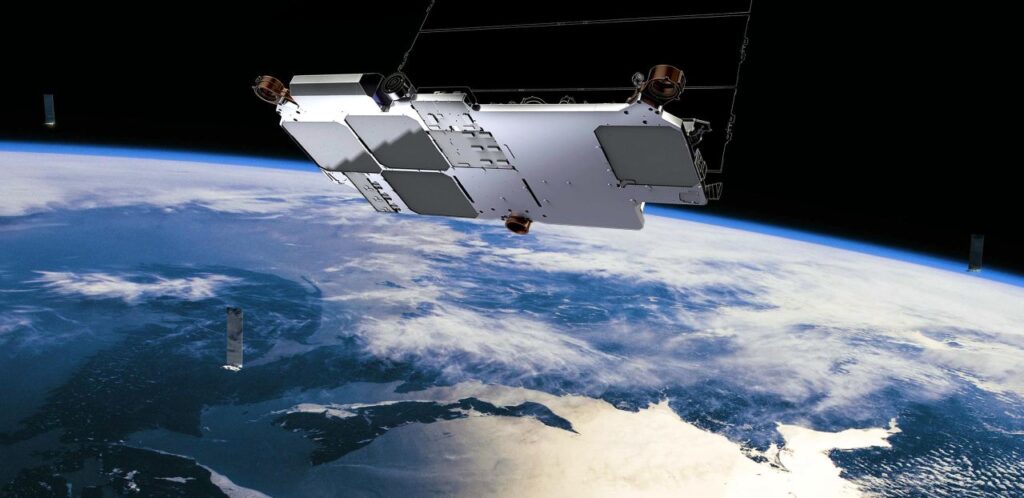Sattelitter: A New Era of Satellite Technology

Satellite technology has transformed how we communicate, explore, and operate in the modern world. However, a new innovation called sattelitter is poised to push these boundaries even further. This emerging concept blends advanced engineering, smarter systems, and broader applications to redefine how satellites serve industries and individuals alike.
What is Sattelitter?
The term sattelitter refers to a cutting-edge evolution of satellite systems designed for enhanced efficiency, precision, and adaptability. Unlike traditional satellites that often serve single purposes, sattelitter combines multiple capabilities into one integrated platform. It leverages breakthroughs in materials, propulsion, and AI-driven operations to create a versatile tool for global connectivity and innovation.
How Sattelitter Differs from Traditional Satellites
Most satellites today are designed for specialized functions, such as communication, weather tracking, or navigation. The sattelitter model, on the other hand, focuses on multifunctionality. Its core differences include:
- Dynamic Adaptability: A sattelitter can adjust its functions mid-mission, switching from communication tasks to environmental monitoring as needed.
- Compact Design: Advanced materials make sattelitter lighter yet stronger, reducing launch costs without compromising durability.
- Self-Optimizing Systems: AI integration allows sattelitter to analyze its own performance and make real-time adjustments for maximum efficiency.
These differences position sattelitter as a transformative step toward smarter space technology.
Key Features of Sattelitter
To understand its full potential, it’s essential to explore the features that make sattelitter stand out:
1. Energy Efficiency
Sattelitter relies on hybrid energy sources, blending solar power with advanced storage solutions. This ensures longer operational lifespans and reduces the frequency of costly replacements.
2. Enhanced Data Capacity
Unlike traditional systems that transmit data in fixed channels, sattelitter uses dynamic bandwidth allocation. This means faster transmission speeds and greater resilience against signal interference.
3. Autonomous Navigation
Sattelitter can navigate itself without constant ground control input. This is crucial for missions in remote or hazardous regions of space where communication delays are significant.
4. Scalability
Whether deployed individually or as part of a network, sattelitter systems can scale to meet specific industrial or governmental needs.
Applications Across Industries
The versatility of sattelitter opens up unprecedented possibilities across various fields:
1. Global Communications
By reducing latency and boosting coverage, sattelitter makes seamless internet access possible even in the most remote regions. Rural communities, disaster zones, and maritime routes can all benefit from its capabilities.
2. Environmental Monitoring
Sattelitter offers higher-resolution imaging and real-time data processing, allowing scientists to track climate patterns, deforestation, and ocean changes with unmatched accuracy.
3. Defense and Security
With secure communication channels and advanced surveillance capabilities, sattelitter strengthens national defense systems while reducing vulnerability to cyberattacks.
4. Space Exploration
As missions push deeper into the solar system, sattelitter provides reliable navigation and communication support, paving the way for future interplanetary travel.
5. Commercial Services
From precision agriculture to logistics, industries can use sattelitter to optimize operations, predict trends, and reduce costs.
Advantages of Adopting Sattelitter
The move toward sattelitter technology offers several benefits:
- Cost Reduction: Launching fewer, more capable devices cuts expenses significantly.
- Improved Longevity: Advanced materials and energy systems extend operational life.
- Greater Flexibility: Multifunctional design allows industries to adapt quickly to changing demands.
- Sustainability: Reduced waste and energy efficiency make sattelitter more environmentally friendly.
Challenges and Considerations
Despite its promise, sattelitter also faces challenges:
- High Development Costs: Advanced technologies require substantial upfront investment.
- Regulatory Frameworks: International space laws must evolve to accommodate sattelitter operations.
- Technical Complexity: Managing multifunctional systems demands advanced expertise and robust infrastructure.
These hurdles, however, are likely to diminish as research progresses and industries recognize the long-term value of sattelitter.
Future of Sattelitter Technology
Looking ahead, sattelitter is expected to play a central role in shaping the future of space innovation. Possible developments include:
- Interconnected Networks: Multiple sattelitter units working in harmony to create a global grid of real-time data exchange.
- AI-Driven Missions: Smarter decision-making that allows sattelitter to operate independently in deep space.
- Green Propulsion: The introduction of eco-friendly propulsion systems to minimize space debris and environmental impact.
As these advancements emerge, sattelitter could become the foundation for a truly connected planet and beyond.
Conclusion
Sattelitter is not just an upgrade to existing satellite systems; it represents a new paradigm in space technology. By merging adaptability, intelligence, and efficiency, it promises to revolutionize industries ranging from communications to environmental science. While challenges remain, the potential of sattelitter is vast, signaling a future where our relationship with space becomes more dynamic, sustainable, and innovative.





